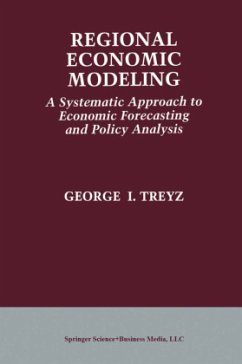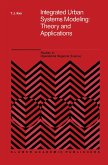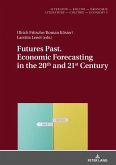Regional economic models are the key to predicting the effects of transportation, economic development, energy, fiscal and environmental policies. Despite this, the principal regional economic policy analysis model used throughout the United States by government agencies, universities, and the private sector has not been presented in a book until now.
The approach to building, understanding and using regional models presented in Regional Economic Models: A Systematic Approach to Forecasting and Policy Analysis is progressive. It begins with the simplest possible models and concludes with a full presentation of the leading model used by policy makers today. The full details are presented along with facilitating software, which is made available so that the reader can build a prototype model for any state or country and can perform policy simulations with full operational models for a sample area. Policy studies are discussed that have been carried out with the model, as well as the range of ways in which policies can be tested through policy simulations.
The necessary background is developed for understanding the ways in which models can be used to improve the basis upon which policies are evaluated, as well as the sensitivity of the predicted effects to the model chosen for the analysis. The presentation is multifaceted and includes equations, diagrams and numerical examples. The professional literature is integrated with introductory materials to produce the first comprehensive book on regional modeling that extends from economic base models to modeling advances that are currently being published in economic journals.
The approach to building, understanding and using regional models presented in Regional Economic Models: A Systematic Approach to Forecasting and Policy Analysis is progressive. It begins with the simplest possible models and concludes with a full presentation of the leading model used by policy makers today. The full details are presented along with facilitating software, which is made available so that the reader can build a prototype model for any state or country and can perform policy simulations with full operational models for a sample area. Policy studies are discussed that have been carried out with the model, as well as the range of ways in which policies can be tested through policy simulations.
The necessary background is developed for understanding the ways in which models can be used to improve the basis upon which policies are evaluated, as well as the sensitivity of the predicted effects to the model chosen for the analysis. The presentation is multifaceted and includes equations, diagrams and numerical examples. The professional literature is integrated with introductory materials to produce the first comprehensive book on regional modeling that extends from economic base models to modeling advances that are currently being published in economic journals.








